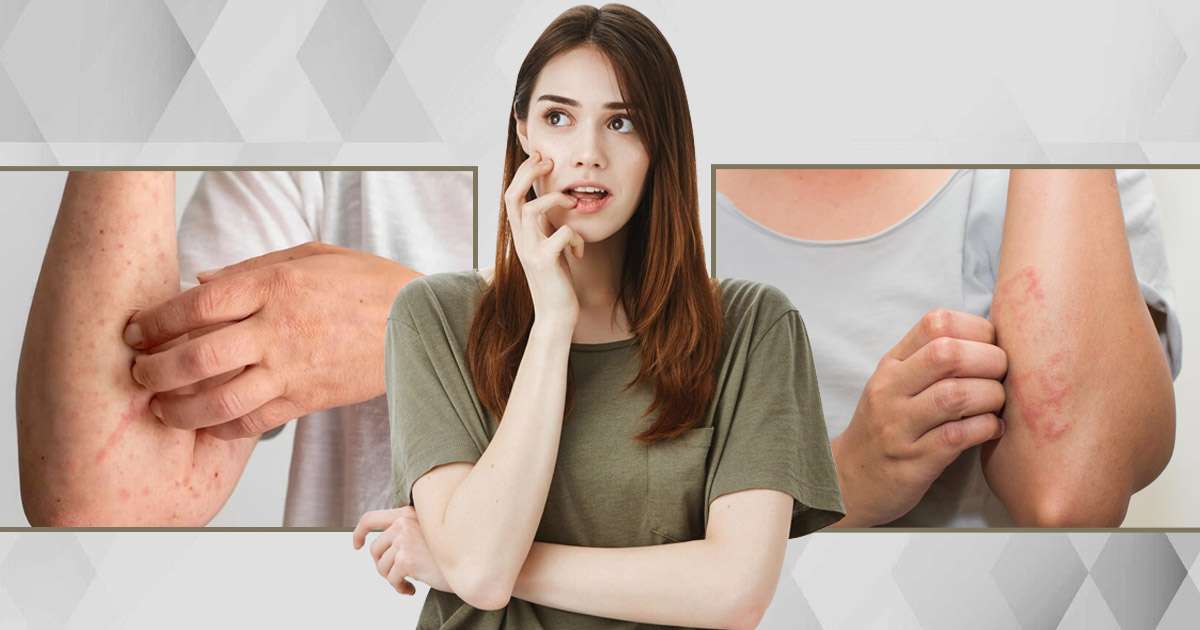Shingles vs Eczema: Understanding the Differences in Skin Conditions

Are you wondering about the differences between shingles and eczema? Both are common skin disorders, although they have separate causes and symptoms. Eczema produces red, itchy, and inflamed skin, but shingles cause a severe rash with blisters. Understanding these distinctions is necessary for accurate diagnosis and therapy.
What are shingles?
The virus responsible for chickenpox also causes shingles. After you have chickenpox, the virus may remain in your body and reactivate as shingles. It causes a painful rash with blisters, which often occurs on one side of the body. You might also have itching, burning, fever, headaches, and feel tired. Shingles can be treated with antiviral medicines and pain relievers. Vaccination can help prevent it.
What is eczema?
Eczema is a skin condition in which the skin becomes red, inflamed, dry, and itchy. It’s common in kids but can affect anyone. Eczema can cause dry, sensitive skin, intense itching, dark patches, and rough patches. Things like dry skin, irritants, stress, and certain foods can trigger it. Treatment involves taking care of your skin with gentle products and using medications to manage symptoms.
Difference Between Eczema and Shingles
Eczema and shingles are two different skin conditions with distinct causes and symptoms:
Cause
- Eczema: Eczema is believed to be caused by a combination of genetic and environmental factors. People with a family history of eczema or other allergic conditions are more likely to develop it.
- Shingles: Shingles occur due to the recurrence of the varicella-zoster virus, which also causes chickenpox. After experiencing chickenpox, the virus can become dormant in the body and reawaken as shingles.
Symptoms
- Eczema: Eczema causes red, inflamed, dry, and itchy skin. It can also lead to dark-colored and rough patches on the skin.
- Shingles: Shingles is characterized by a painful, blistering rash that often appears on one side of the body. It can also cause itching, burning, fever, headaches, and fatigue.
Diagnosis
- Eczema: Doctors typically diagnose eczema by asking about your symptoms and inspecting your skin. Sometimes, they might do tests to rule out other skin problems.
- Shingles: Shingles is often diagnosed by the rash and symptoms. Doctors may also obtain a sample of the rash to confirm the virus.
Treatment
- Eczema: Treatment for eczema typically involves avoiding triggers, moisturizing the skin regularly, and using medications like corticosteroids and antihistamines to reduce inflammation and itching.
- Shingles: Antiviral medicines are commonly used to treat shingles, reducing the severity and length of the outbreak. Pain medicines may also be prescribed to alleviate pain.
Prevention
- Eczema: To prevent eczema flare-ups, avoid things that make it worse, like certain foods or fabrics. Keep your skin moisturized and healthy.
- Shingles: You can lower your chances of getting shingles by getting vaccinated if you’re over 50. The vaccine can greatly reduce the risk.
Risk Factors
- Eczema: Things like family history, allergies, and certain things in your environment can increase your risk of eczema.
- Shingles: Having had chickenpox, being older, or having a weak immune system can increase your risk of getting shingles.
While both eczema and shingles are skin conditions that can cause discomfort, they have different causes, symptoms, and treatments. If you feel you have either illness, you should seek an appropriate diagnosis and treatment plan from a healthcare expert.
Eczema vs. Shingles: Difference in Terms of Rash
Eczema causes a red, itchy rash that can be rough or bumpy, often appearing in different areas on both sides of the body. Shingles, however, lead to a painful rash with blisters that usually forms in a strip on just one side of the body, following a nerve’s path. The shingles rash can break open and crust over. If you suspect you have either disease, see a doctor for a proper diagnosis and treatment.
On the other hand, when comparing shingles rash and contact dermatitis, shingles rash is a result of a virus, while contact dermatitis results from something you touch. Shingles and rashes hurt and can blister, while contact dermatitis makes your skin red and itchy. Shingles rash is treated with antiviral drugs and pain relief, while contact dermatitis is treated by avoiding what caused it and using creams to calm the skin.
Can shingles cause eczema?
Shingles do not cause eczema. The varicella-zoster virus reactivates, resulting in shingles. Eczema is a distinct skin condition that has a suspected genetic and environmental root cause. While both can affect the skin, they are distinct conditions with separate causes and treatments.
Shingles vs. Eczema: Getting To Know More the Skin Conditions
Eczema and shingles are skin problems with different causes and symptoms. Eczema causes itchy, red, and inflamed skin as a result of inherited and environmental factors. A virus is what causes shingles, which result in a painful rash and blisters on one side of the body. Knowing these differences is important for getting the right treatment. If you think you have either condition, it’s best to see a doctor.

